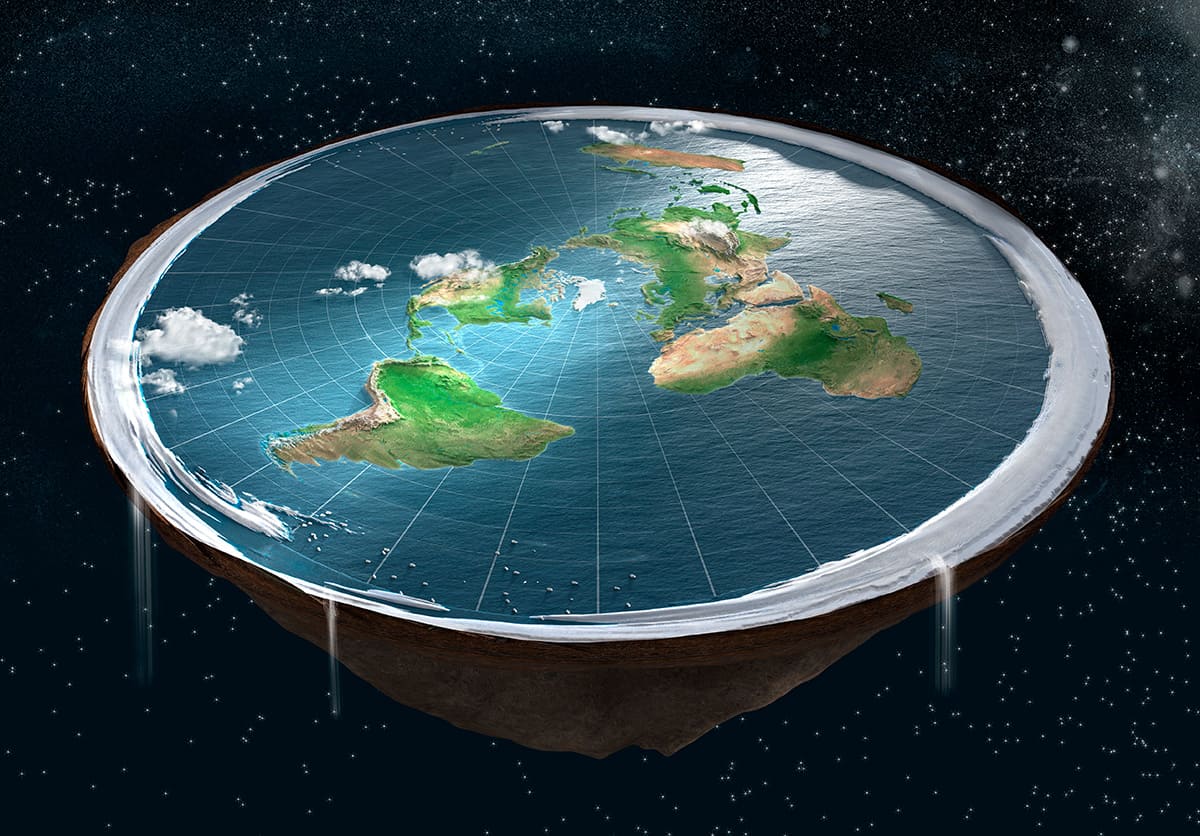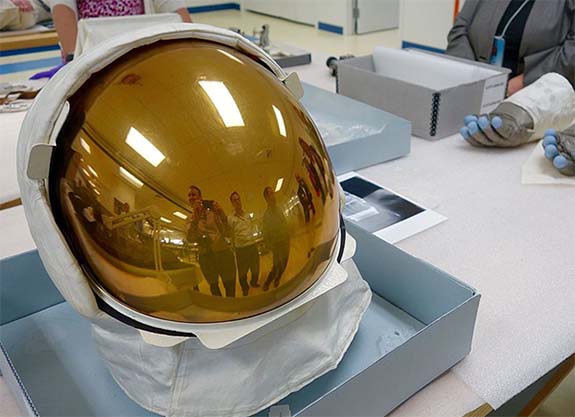Hello all, I'm back once again.
Today we're going to look at a bit of a polarizing subject, whether or not the earth is flat.
It's a bit strange to discuss, but let's go;
In case you haven't heard by now, the "Flat-earth Theory" is a belief in which one actually thinks that the earth is indeed, flat. Attempts and reasons to debunk a round earth range from stupendous, like that a typical map of the earth is flat, to absolutely deranged, such as the "Pac-man Effect" (a theory that states why people don't just fall of the end of a flat earth is because once one reaches the edge, they are instantaneously teleported to the other side). Despite substantial evidence towards the contrary, many people are convinced that our planet is not spherical at any point. Hell, some of them have made proper models of what our earth looks like:

So, if you're one of those kin, let me explain why you're wrong:
An excellent video by Kurtis Baute singlehandedly debunks the whole flat-earth conundrum, using a sundial, a bike and an orange. In the video, Kurtis travels to one of the flattest areas on earth, a highway in Regina, Saskatchewan. He sets up an odometer (device for measuring distance in vehicles) on his bike and sets off for 138km towards the, quote un-quote, "nearby" town of Stoughton. He explains along the journey how taking a spherical object, like an orange, and putting two identical sticks through it, that if the sticks are lined up properly, one stick's shadow would be shorter than the other stick. So, if the stick on the right (when looking at it directly) has a short shadow, the one on the left is going to be longer by default. This works with basic shadow physics, where the sun hits on one side of the orange, leaving one of the sticks with a short shadow and the other one with a longer shadow, since not as much of the sunlight is hitting the other side of the orange.
Upon reaching Stoughton, Kurtis sets up a sundial there, while one of his friends sets up a sundial back in Regina. They then measure the shadows at the exact same time (since it's a sundial, duh), Kurtis's being 66.1 cm and his friend's being 70cm exactly, giving it a 3.9cm difference. Since this works the same as the orange and the sticks, it proves that the earth is, in fact, a sphere.
To finish off, he takes the measurements and does some terrifying, complex and outrageous math and determines that the circumference of the earth is about 33,120km. Now, this math is only off by 17% of the actual circumference, which is 40,075km, but the close proximity of math adds up and solves that formulae.
Personally, I don't really have a problem with someone that thinks the earth is flat. Hell, I'm pretty sure my dad thinks it's flat. At the end of the day, everyone has their beliefs, but most can be disproved. Except, the evidence shown, which is substantial, is usually shot down and denied. I think flat earthers are just a bit deranged. Not much, mind, but to shoot something down like pure, tasty scientific evidence is a bit delusional.
Anyway, that's me. Stay safe boys.
- M.V



